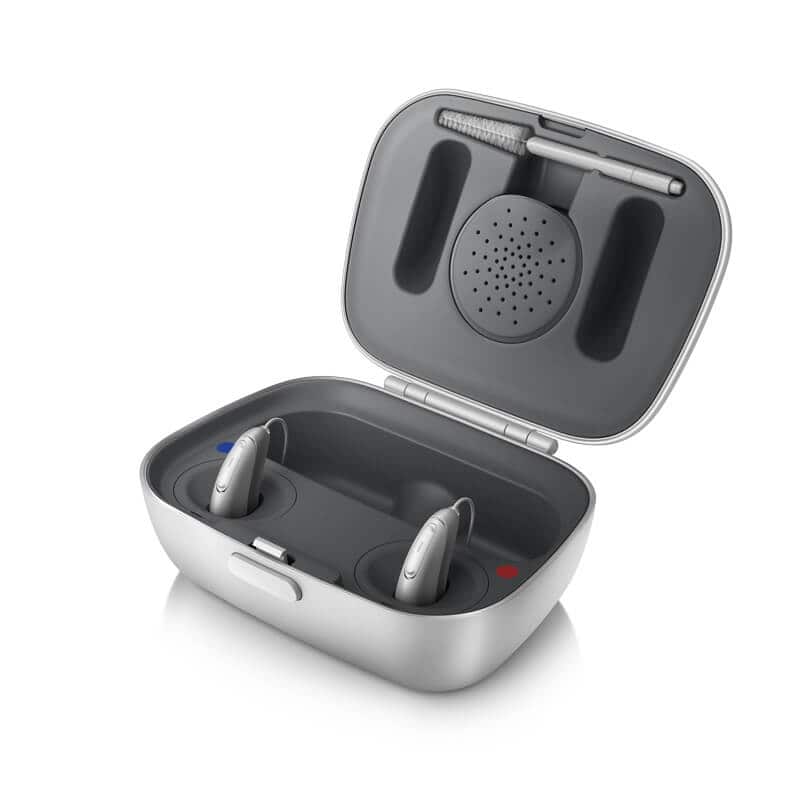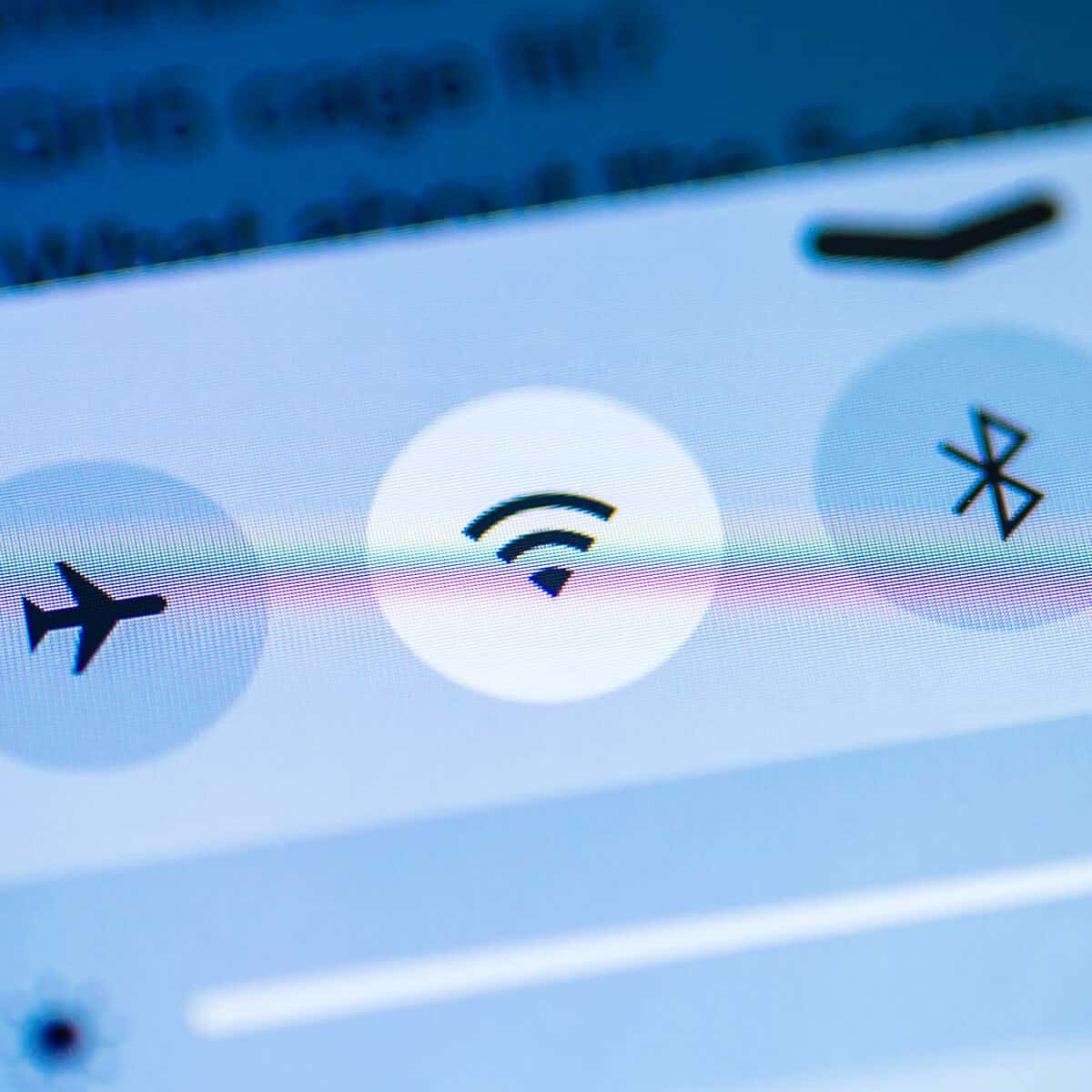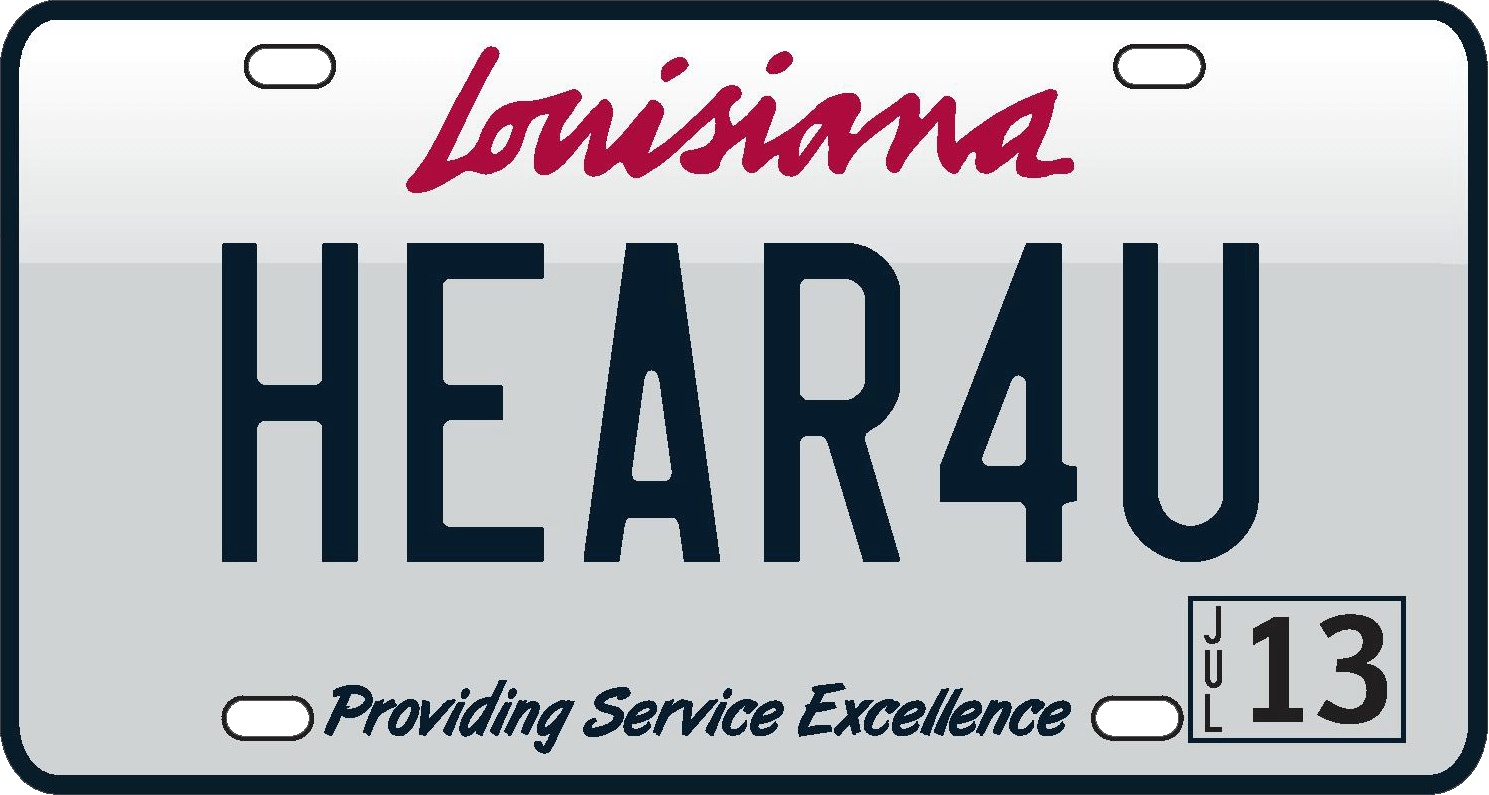Hearing Aid Overview
Hearing aids are one of the most commonly recommended treatments for hearing loss and can significantly enhance the quality of life for their users. Programmed to suit each person's individual hearing needs, their primary function is to amplify sound so that people can hear better. There is a vast selection of hearing aids available today, varying in color, shape, and size. Some patients have need of instruments that are so minute that they fit entirely into the ear canal and are virtually unseen, while other patients may require more advanced instruments with greater capabilities, allowing the patient to adjust by means of an app or manually.
Additionally, with the exciting speed of technological innovation and engineering, hearing aids also come with numerous features that can make life exponentially more convenient for those with hearing loss. Ultimately, they allow people to communicate and connect with their friends and family while remaining engaged in activities that they love - and nothing can be more important in preserving than that.
HEARING AID TYPES
Prefab RITE
Custom Built
Hearing Aid Features & Benefits

Tinnitus Masking

DIGITAL SIGNAL PROCESSING

Rechargeable/Battery Operated

Bluetooth Connectivity

